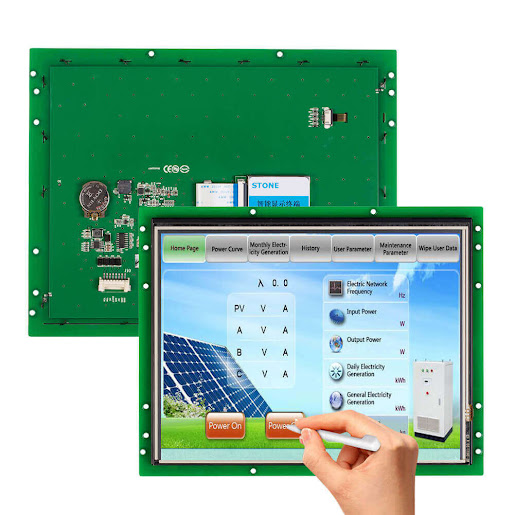Servo Motor Routine in the More Common Kinds of Failure
Servo motor use precautions Servo motor applications are becoming more and more widespread, although the quality is getting better and better, if the daily use without attention to maintenance and care, and then the good products can not withstand the torment, the daily production process, servo motor because of long-term continuous use or improper operation of the user, motor failure will often occur, the maintenance and relatively complex. Today collected a servo motor in the daily routine of several common failures, for you to learn from.
1. NOver-range fault, when the servo motor movement exceeds the soft limit set by the software or hard limit set by the limit switch, the over-range alarm will occur, generally will be displayed on the CRT alarm content, according to the server maintenance instructions, you can troubleshoot and lift the alarm.
2. Overload fault, when the servo motor movement of the load is too large, frequent forward and reverse motion, and poor lubrication state of the drive chain, may cause overload alarm. Generally, the alarm information such as servo motor overload, overheat or overcurrent will be displayed on the CRT. At the same time, the servo drive in the control cabinet, the indicator, or the digital tube will display the servo drive unit overload, over current, and other maintenance fault information.
3. tampering fault, in the servo motor tampering phenomenon can be divided into the following three cases:
① speed measurement signal instability, such as speed measurement device failure, speed measurement feedback signal interference, etc.;
② speed control signal instability or interference;
③ poor terminal contact, such as screws loose, etc. When the tampering fault occurs in the moment of changing direction from positive to negative emotion, it is generally due to the backlash of the drive chain of the servo motor or the servo system gain is too large.
4. crawling fault, this kind of servo motor maintenance fault occurs in the starting acceleration section or low-speed feeding, generally due to the servo motor drive chain lubrication state is not good, servo system gain is low and the applied load is too large, and other factors. Here we should pay special attention to: servo motor and ball screw coupling, due to loose coupling or coupling itself defects, such as cracks, resulting in ball screw rotation and servo motor rotation is not synchronized, so there will also be a servo motor movement fast and slow, resulting in the crawling phenomenon.
5. Servo motor does not turn fault, when the CNC system to the servo drive unit in addition to the speed control signal, there are enable control signal, generally DC + 24V relay coil voltage.
当伺服电机不转时,常见的伺服电机维修方法有。
① 检查数控系统是否有速度控制信号输出。
② 检查使能信号是否打开。通过CRT观察I/O状态,分析机床plc梯形图(或流程图)以确定进给轴的启动条件,如润滑、冷却等是否满足。
③对于带电磁制动器的伺服电机应检查电磁制动器是否松开;
④伺服驱动单元故障;
⑤伺服电机故障。
另外,我们还需要注意伺服电机在通电状态下使用,不能拉动伺服机的角度,这样会损坏电机。如需改变伺服机状态,必须断电调整。伺服电机工作电压只能为5V,不能改变其工作电压。伺服电机运行速度慢,但受力比较大,所以运动过程中不能有很强的阻力阻碍伺服电机运动,否则也会导致损坏。
文章来源: https://www.stoneitech.com/news/sharing/servo-motor-routine-in-the-more-common-kinds-of-failure.html


Comments
Post a Comment